
How to Make Sage Green Icing or Frosting
Sage is one of those colors that may seem easy to make - but it's not! Sage is a complicated mix of greens, blues, grays, even yellows.
When we think about sage we think about a green/gray type of color, just like its namesake, sage leaves. The problem is that when mixing colors, we tend to end up with either a lighter or darker shade than the one that we want or need. Up next let’s discuss a few ways in which we can achieve a perfect shade of sage green.
These directions for making sage will work for all desserts including royal icing, buttercream, fondant, and cake batter.
What's color is sage green?

Sage is a light, earthy green color. It's not one color, but a term to describe a family of colors. Similar shades are pistachio green, avocado green, eucalyptus green, or olive green.
People have their own names for all these shades of green. If you're creating desserts for a customer and they have asked for sage, it's best to show them some color options so you are both on the same page.
How to make popular Sage Green Colors with Food Color

Making Sage Green Using Color Theory
Knowing that sage is a variety of green we can determine that some yellow and blue hues are part of it. However, sage more like a gray than an actual green we can infer there’s more yellow than blue in it. Going from that we could start by coloring our icing with a few drops of yellow and then less of the blue until we have a light green color. To tone it, it is recommended to use a tiny bit of red, brown, or gray.
I will number the alternatives you have when using our Essentials Gel colors food colors:
- Sunshine Yellow + True Blue + Royal Red Velvet: Make a light green icing using more yellow than blue, then start adding tiny drops of red.
- Succulent Green: This color by itself when used in small amounts makes a green very similar to sage.
- Succulent Green + Royal Red Velvet + Mushroom Gray: Mixing these colors in equal parts makes a mossy sage green.
- Gourmet Green + Royal Red Velvet: Make a light green icing using small amounts of food color, then start adding tiny drops of red.
- Gourmet Green + Totally Brown: Make a green Icing and the add a tiny bit of brown ata a time until desired color is achieved.
- Matcha Powder + Royal Red Velvet: Tint your Royal icing with matcha powder until you have a light green color, then start adding tiny drops of red.
Remember that the color will develop (get darker) as it dries
The key to achieving the right colors is to start with small amounts of icing, and after we color it, even if it looks a little lighter that what we want, if we bag the icing and let the color develop for several hours it will get darker.
Want 1-step sage green from a bottle?
Pick up a bottle of our Succulent Green gel food coloring. Made in the USA. You can get many shades from one color.
Recommended for You:
-
Original price $ 1.65 - Original price $ 1.65Original price$ 1.65$ 1.65 - $ 1.65Current price $ 1.65
Piping Bag Tip Tube Covers - Set of 4
Atecoin stockDon't let your icing bags leak or dry out! Use these covers on bags with Ateco couplers and standard tips on them. Reuse them again and again. Se...
View full detailsOriginal price $ 1.65 - Original price $ 1.65Original price$ 1.65$ 1.65 - $ 1.65Current price $ 1.65 -
Original price $ 1.85 - Original price $ 1.85Original price$ 1.85$ 1.85 - $ 1.85Current price $ 1.85
Black Fine Tip Food Marker
The Cookie Countessin stockA black edible-ink pen is essential for your decorating kit. Use these high quality markers for: Marking up baked cookies for planning designs Wr...
View full detailsOriginal price $ 1.85 - Original price $ 1.85Original price$ 1.85$ 1.85 - $ 1.85Current price $ 1.85 -
Original price $ 23.99Original price $ 23.99 - Original price $ 23.99Original price $ 23.99Current price $ 14.99$ 14.99 - $ 14.99Current price $ 14.99
Stainless Steel Measuring Cups 4 Piece Set
The Cookie Countessin stockIncredibly high quality, with no plastic parts. Whether baking or cooking you'll reach for these essentials again and again! THESE ARE THE LAST SET...
View full detailsOriginal price $ 23.99Original price $ 23.99 - Original price $ 23.99Original price $ 23.99Current price $ 14.99$ 14.99 - $ 14.99Current price $ 14.99Save 38% -
Original price $ 6.99 - Original price $ 6.99Original price$ 6.99$ 6.99 - $ 6.99Current price $ 6.99
Instant Royal Icing Mix - White Base
The Cookie Countessin stockJust add water for white, stiff icing! Perfect for stenciling, dots and eyes, writing, or thin it for flooding. You can tint it any color you need...
View full detailsOriginal price $ 6.99 - Original price $ 6.99Original price$ 6.99$ 6.99 - $ 6.99Current price $ 6.99 -
Original price $ 5.50 - Original price $ 5.50Original price$ 5.50$ 5.50 - $ 5.50Current price $ 5.50
Cookie Order Form 5 x 7, 50 sheets
The Cookie CountessOut of StockThese cute sheets will help you plan your cookie orders. The back has an area for sketching and pricing planning. Size: 5" x 7" 50 Sheet Pad Tear ...
View full detailsOriginal price $ 5.50 - Original price $ 5.50Original price$ 5.50$ 5.50 - $ 5.50Current price $ 5.50Sold out
-
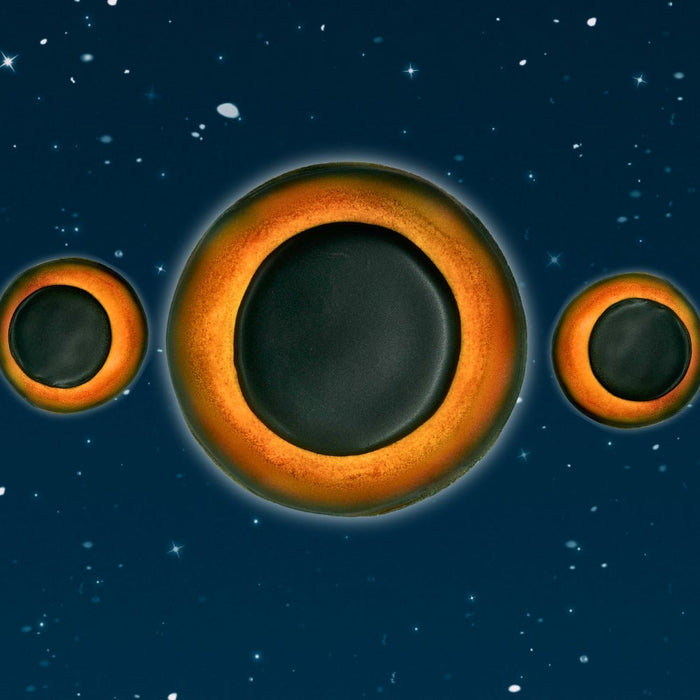
Solar Eclipse Cookies
Read nowCookiers will find a way to cookie anything. Yes. Cookiers will find a way to cookie anything. Am I being dramatic? A tad. But c'mon! Is there anything more dramatic than a total solar eclipse? I knew the eclipse was...
-
Blog Index
Read nowAll Airbrush Related Articles 1. Which Airbrush System is right for you? 2. Live Replay: Unboxing & getting started with your airbrush with Hillary & Sarah. 3. How to make watercolor florals with airbrush color 4. Live Replay: Airbrushing 101...
-
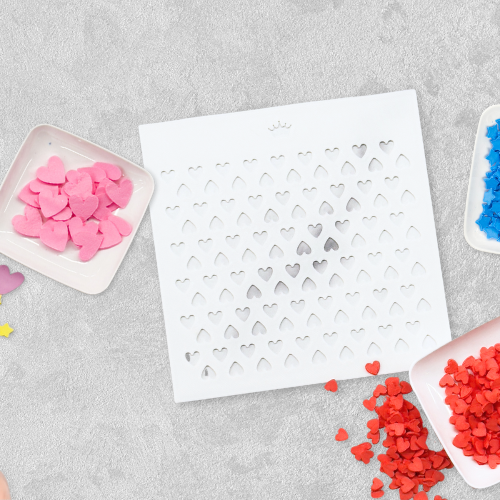
How to Use Sprinkle Stencils
Read nowI generally don't use sprinkles on my decorated cookies all that frequently, because I always struggle to find the shapes I need in the colors I want. I also don't love the idea of using sprinkles that have already been...

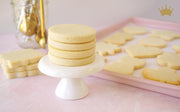
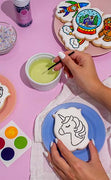

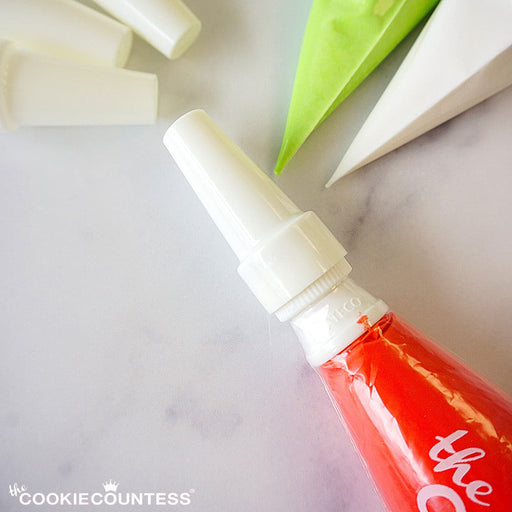
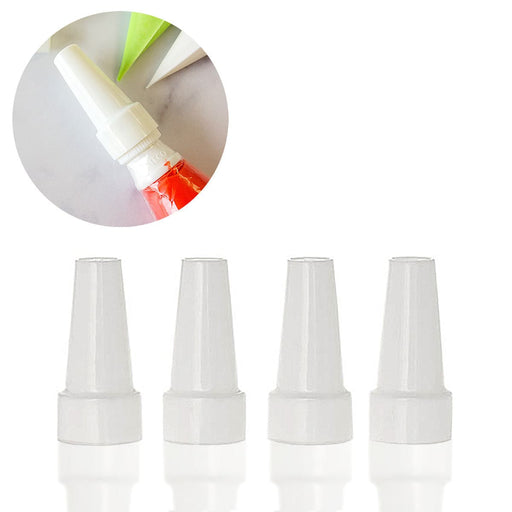
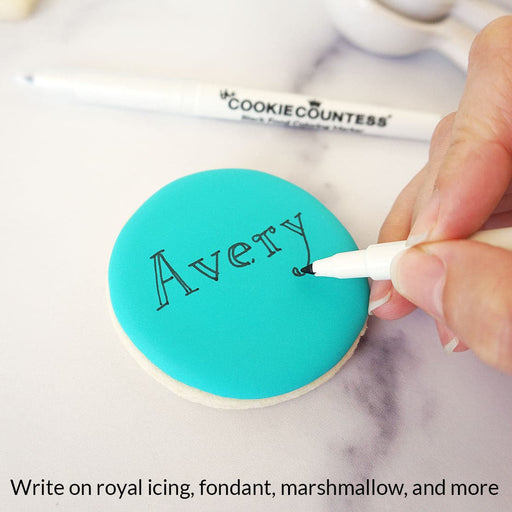
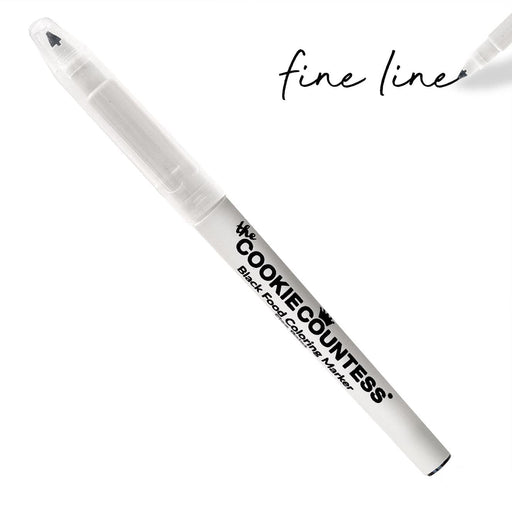
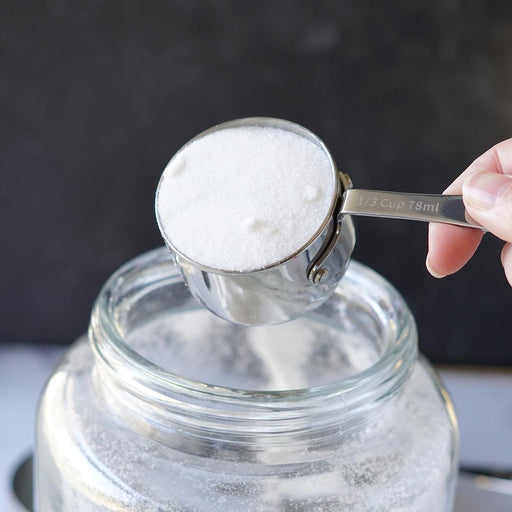
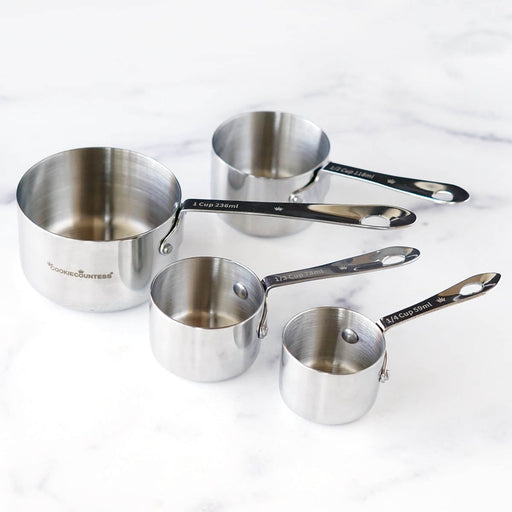
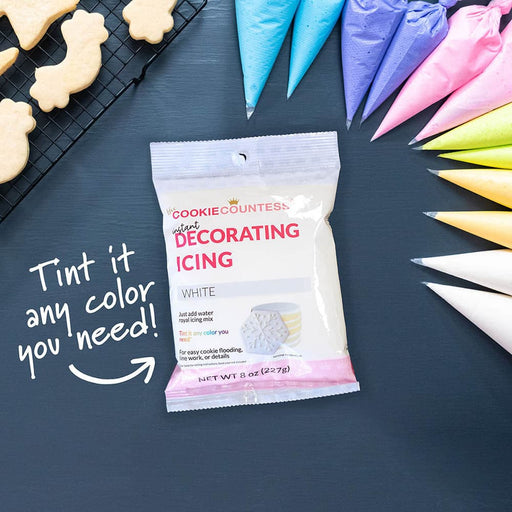
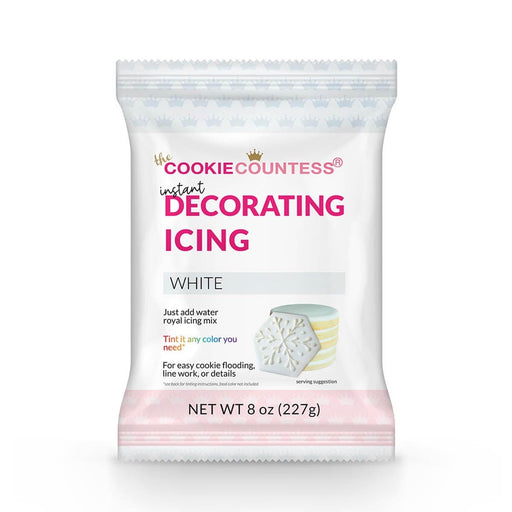
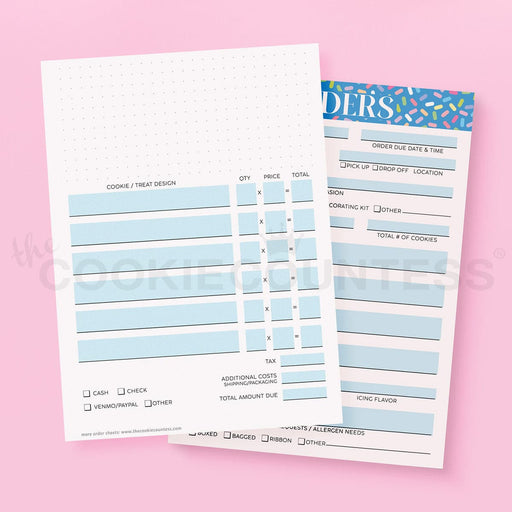
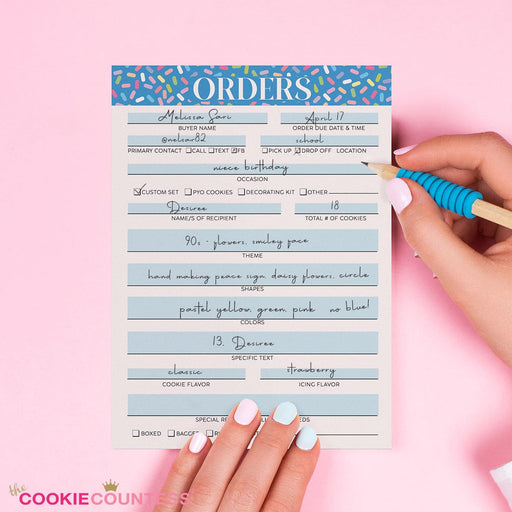


Comments
Leave a comment